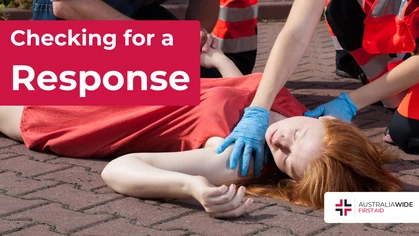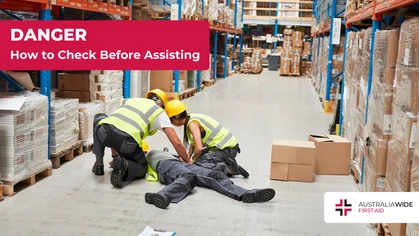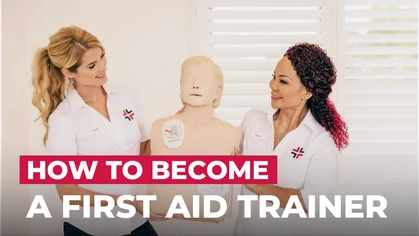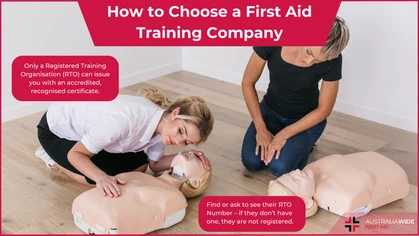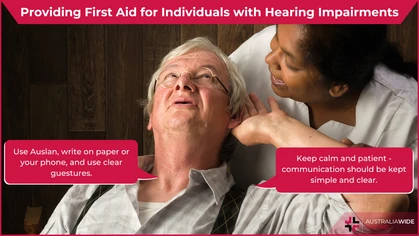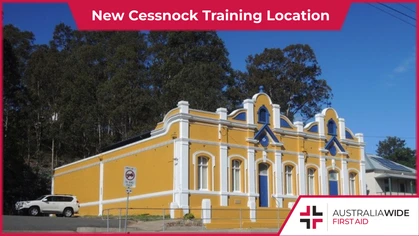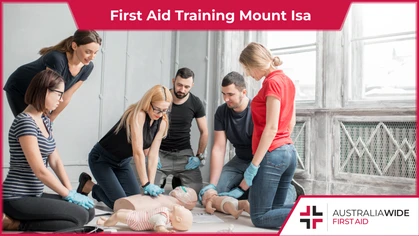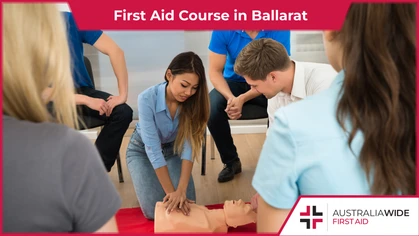How Will Your Child Benefit from Learning First Aid?

First Aid Training
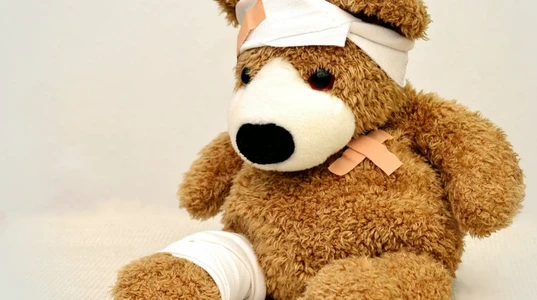
13-year-old boy based in Arizona, named Nathan Boyer, saved the life of his baseball coach Isaac
In April 2016, ABC News broke the story of how a 13-year-old boy based in Arizona, named Nathan Boyer, saved the life of his baseball coach Isaac Wenrlch with quick thinking and action. Wenrlch suddenly collapsed on the playing field in an apparent heart attack. Despite being in such a frightening and delicate situation, Nathan was in the right frame of mind to dial 911 on his coach’s cellular phone, roll him over, and perform CPR. Nathan’s administration of first aid at that moment brought Coach Wenrlch from a critical zone to a zone of immediate intervention and recovery. Though the youngster didn’t have the tools or the acumen of the paramedics who later arrived on the scene, he kept a cool head and applied basic first aid techniques—and thus answered the call to save his coach’s life. Stories like these may seem one in a million, but they highlight prompt an important question: Why shouldn't children play a role in saving the lives of others? First aid training develops a mindset that is valuable throughout life, which can later be easily supplemented with further technical training. As a parent, you might be interested in letting your child learn first aid. You could be looking for a course in your home community, or a first aid course at the Sunshine Coast when you're on a break with your family. Given that situation, what are the things you should know to maximise your child’s first aid learning—and thus, have your child reap the fruits of early first aid knowledge? Here’s our guide on age-appropriate first aid learning and the key benefits your child stands to acquire from first aid training.Age-Appropriate First Aid Training is Key
It’s important to base your decision on your child’s age group, the level of education they’ve attained, and the level of difficulty they can keep up with. In the modules run by nationally recognised first aid training organisations, it’s common to segregate students younger than 14 years old into non-credit first aid classes, while minors aged 14-18 years old may attend credited first aid training courses with parental consent. These distinctions come with valid reason. On the one hand, very young children under 10 years old are unlikely to have the physical strength to successfully implement CPR. The World Health Organisation (WHO) has endorsed training schoolchildren endorsed training schoolchildren in cardiopulmonary resuscitation worldwide. Ultimately, the good judgement of a parent is a necessary condition for a child to learn first aid.Important Ways that Learning First Aid Will Benefit Your Child
Whichever course of action you decide on, you’ll find that having your child learn first aid will be rewarding and fulfilling for all parties involved. Here are just some ways that a child under 18 years old could benefit from learning first aid.- First aid will teach them how to make judgement calls. You can’t expect a young child to know how to use everything in an emergency medicine kit, but the mindset passed on in first aid will teach them when to find an adult who can. They can learn to recognise when something is out of the ordinary with a companion and when to judge certain signs and symptoms as worthy of immediate attention.
- First aid will teach them how to be calm and level-headed. Even adults are prone to panic when they realise that something is wrong. Both children and adults can become fearful and disoriented at the sight of someone bleeding or falling unconscious. But there is great value in teaching children to deal with these early impulses and translate them into action. This calm and level-headed approach to treating someone who is hurt can carry on well into adulthood.
- First aid will be a fun and enriching experience for them. There’s clamour amongst the children themselves to learn first aid, as they find it exciting and useful. In Beck Primary School in England, first aid is reputed to be a favourite subject amongst the elementary pupils between 8 and 9 years of age. That’s no surprise, as first aid is an opportunity to build a child’s vocabulary, engage their curiosity about the natural world, and let them do things with their hands.
- First aid could help pupils along their chosen career path. If your child is entering secondary school and wants to enrol in Vocational Education and Training in Schools (VET in Schools) programs, they will already need first aid certificates in order to advance in their schooling. But even if this isn’t the case, early first aid training could help them land student traineeships or apprenticeships. The training could also nurture your child’s pursuit of a noble career path, such as being a doctor or a teacher.
- First aid bolsters communication and leadership skills at an early age. First aid lessons will equip a child with a better vocabulary for complex situations. In addition, it will help them practise communicating clearly to each other and to adults, assume roles of responsibility, and take the initiative to do something in case of emergency. We can’t immediately place the burden on our children, but one day they will be in our shoes, and they will lead others in pursuing the good.
- https://abcnews.go.com/US/13-year-boy-saves-baseball-coachs-life-administering/story?id=38161374
- https://firsteditionfirstaid.ca/blog/2018/06/11/first-aid-safety-for-kids-tips-on-how-to-teach-your-children-life-saving-skills/
- https://www.emergencyfirstresponse.com/kids-save-lives-why-children-should-learn-cpr/
- https://www.redcross.org.uk/stories/health-and-social-care/first-aid/first-aid-in-the-school-curriculum
- https://www.qaeducation.co.uk/article/importance-first-aid-training-children
- First aid schools - how to make a difference
Originally published at
https://www.australiawidefirstaid.com.au/resources/how-will-your-child-benefit-from-learning-first-aid
as part of the Australia Wide First Aid Articles Library
